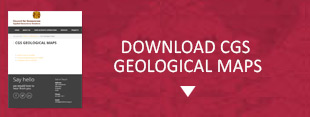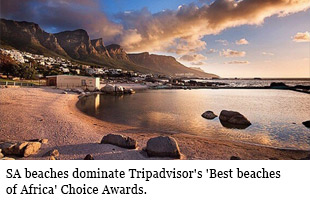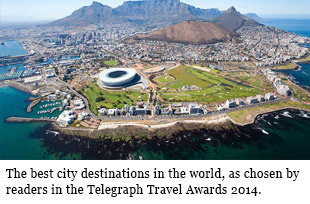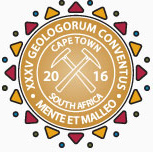
35TH INTERNATIONAL GEOLOGICAL CONGRESS
27 AUGUST - 4 SEPTEMBER 2016 | CAPE TOWN, SOUTH AFRICA
Sponsors
Keystone Sponsor
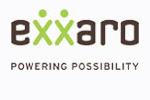

Diamond Sponsor


Gold Sponsor


Silver Sponsor
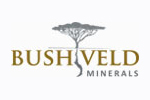

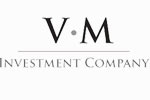
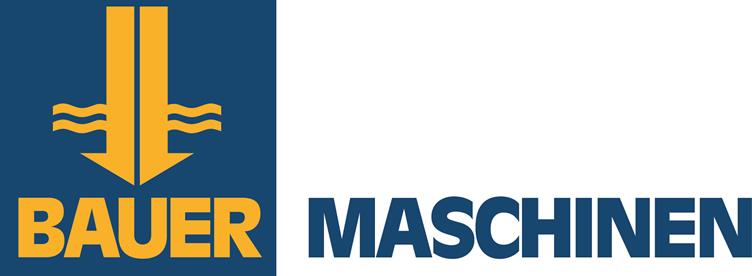




Business Centre Sponsor


Publication Sponsor




Social Function


Plenary Speaker Sponsor


Speaker Gift Sponsor


Post Graduate Fund


Registration


Welcome Drinks


Lunch Time Drinks
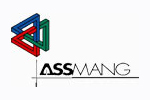

Publication &
35 IGC SAGPGF
35 IGC SAGPGF

35 IGC SAGPGF




MY IGC APP


Symposium Sponsor
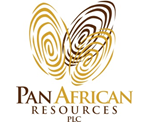
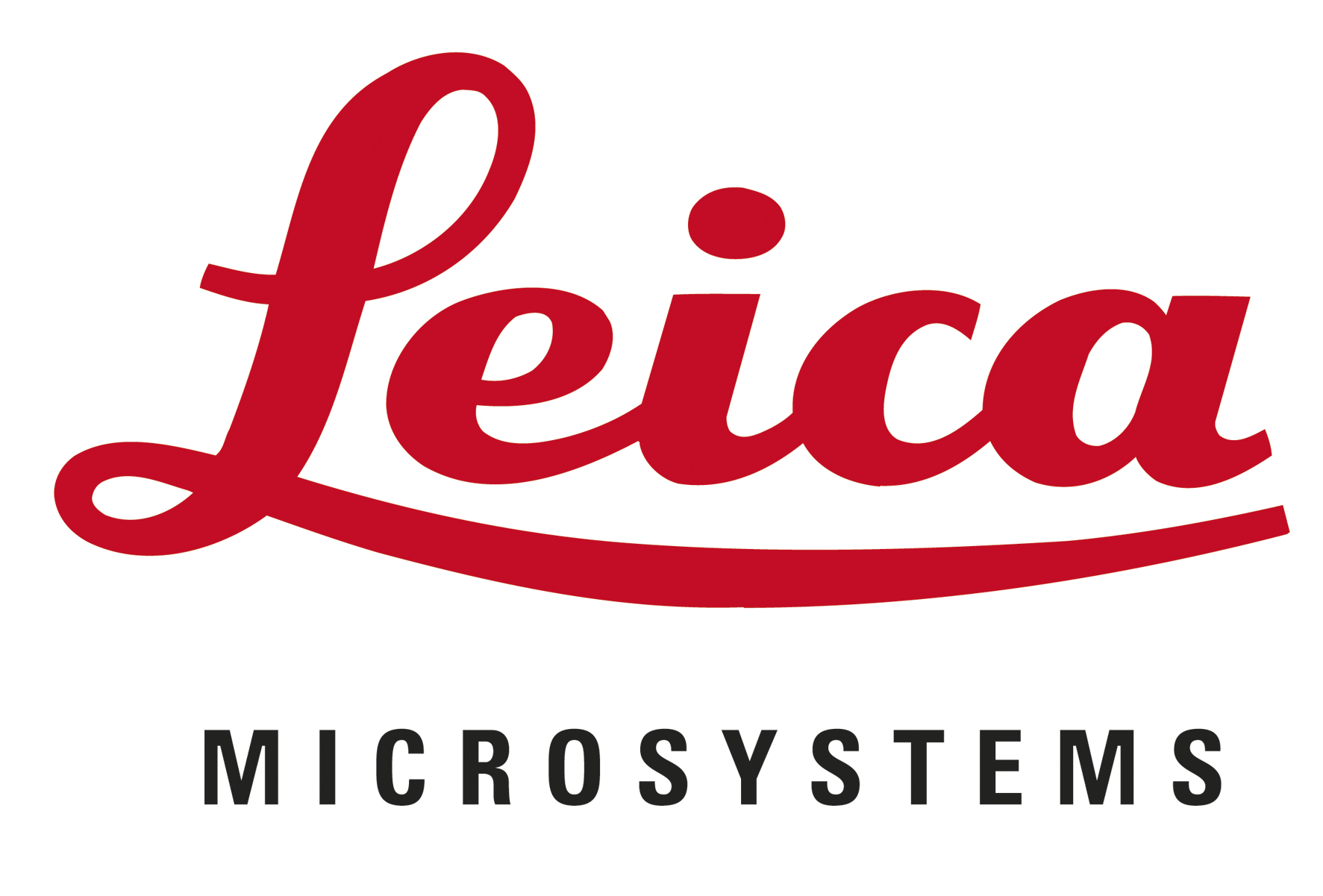


Audit Sponsor
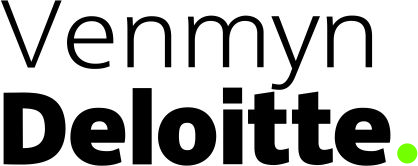

35TH INTERNATIONAL GEOLOGICAL CONGRESS
27 AUGUST - 4 SEPTEMBER 2016 | CAPE TOWN, SOUTH AFRICA
My IGC
Symposium Details
| Title | Description | Convenors |
|---|---|---|
| Crustal Evolution, Geodynamics and Mineral Systems | The Mineral Systems approach takes the premise that a mineral deposit represents the focus of a significant, albeit transient, flux of mass and energy; the deposit resulting from the interaction of a series of large-scale systems. Crustal architecture has been shown to exert a significant spatial and temporal control on these systems, providing lines of weakness that are exploited by such processes. Studies helping inform the evolution of lithospheric-scale structures, especially those developed within an evolving orogen, can therefore provide insight into both the geodynamic framework, and the architecture of the mineral system. This in turn can provide crucial information for regional exploration targeting in greenfields and/or deep cover terrains by identifying prospective zones of mineralization. Such studies are uniquely informed by the use of radiogenic and stable isotopes (e.g. U-Pb, Sm-Nd, Lu-Hf, O) to chart the growth of the continental crust over time, and to constrain the relative roles of juvenile addition versus crustal reworking. High-precision isotope geochemistry therefore allows workers to to examine the growth and evolution of the crust during an orogenic cycle, and to understand the resulting metallogeny through the prism of an evolving mineral system. | Nicholas Gardiner |
 Field trips
Field trips  Sponsorship & expo
Sponsorship & expo  Registration
Registration Tours
Tours  Promotion
Promotion 

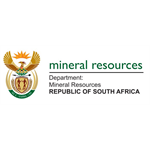












 Conference Programme
Conference Programme  Field trips
Field trips  Sponsorship & expo
Sponsorship & expo  Volunteer
Volunteer  GeoHost
GeoHost  Registration
Registration Tours
Tours  Promotion
Promotion  Publications
Publications


